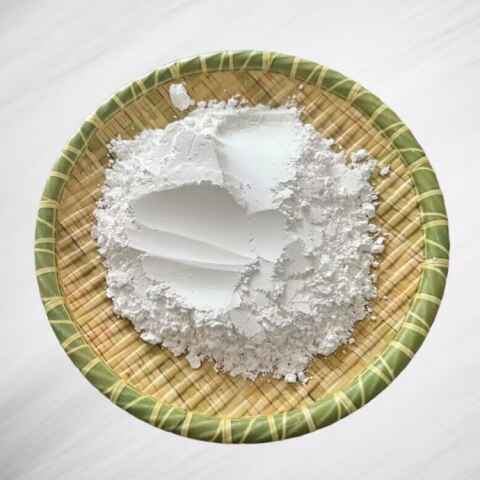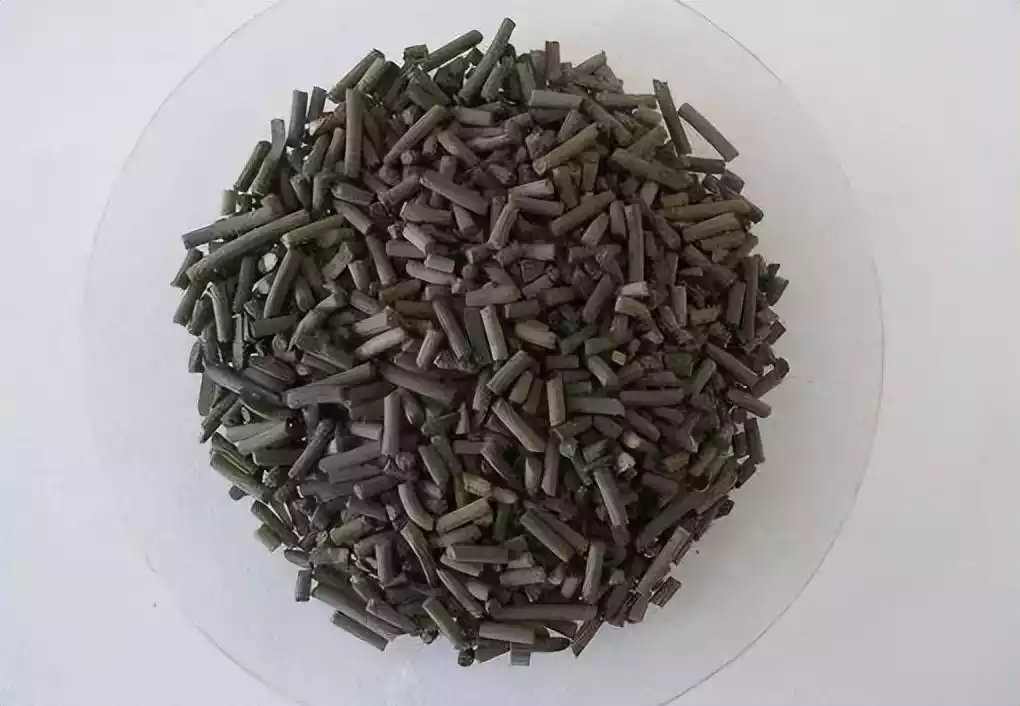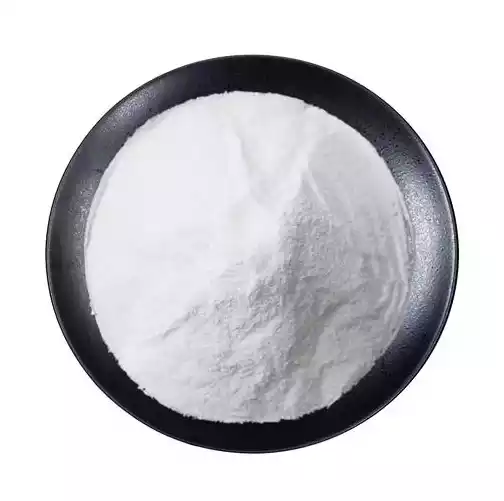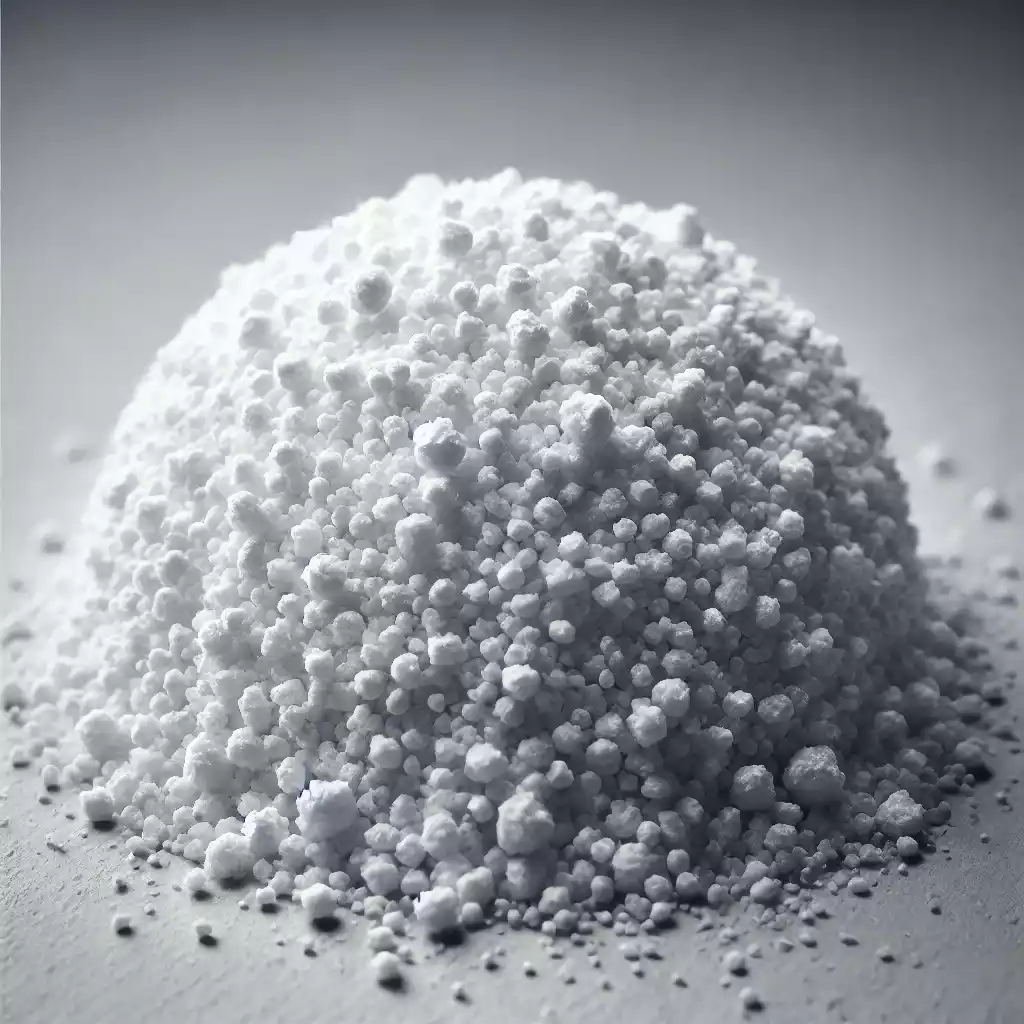![]()
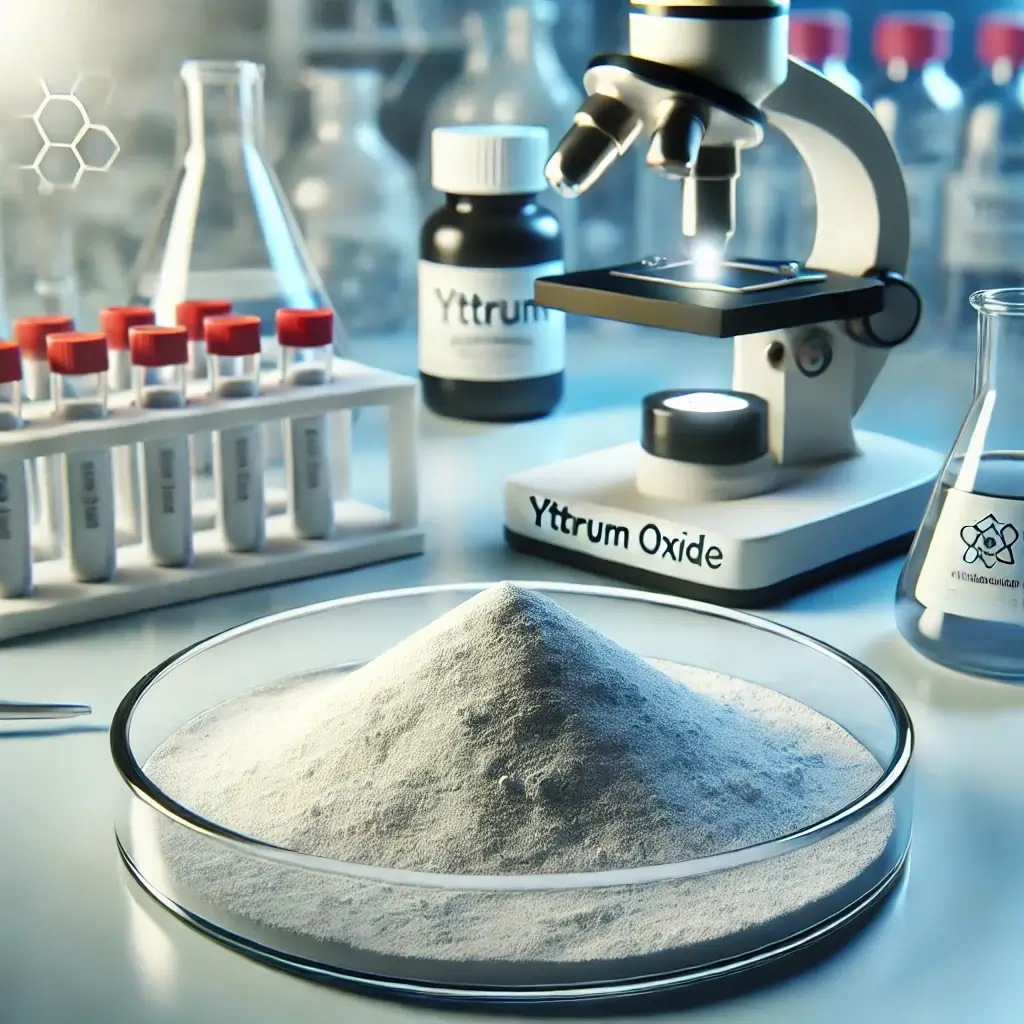
세라믹에서 이트륨 산화물은 무엇에 사용되나요?
이트륨 산화물이란 무엇인가, 이트리아(Y₂O₃)로도 알려진 이트륨 산화물은 고급 세라믹 소재에서 중요한 역할을 하는 희토류 화합물입니다. 이 글에서는 세라믹 산업에서 이트륨 산화물의 중요성, 고유한 특성 및 다양한 응용 분야에 대해 살펴보겠습니다.
목차
1. 첨단 세라믹스에서 이트륨 산화물의 역할
이트륨 산화물은 뛰어난 열 안정성, 높은 녹는점, 낮은 열 전도도로 인해 세라믹 산업에서 높은 평가를 받고 있습니다. 이러한 특성으로 인해 내구성과 극한 온도에 대한 저항성이 필요한 응용 분야에 이상적인 소재입니다.
- 열 안정성: 이트륨 산화물은 세라믹 소재의 열 충격 저항성을 높여 용광로와 가마와 같은 고온 환경에서의 응용 분야에 적합하게 만듭니다.
- 높은 녹는점: 약 2,435℃의 녹는점을 가진 이트륨 산화물은 기존 소재로는 불가능했던 환경에서 사용됩니다.
- 낮은 열전도도: 이러한 특성으로 인해 이트륨 산화물은 우수한 열 절연체로 사용되며, 터빈 블레이드와 엔진 구성 요소 등 열 관리가 중요한 응용 분야에 자주 사용됩니다.
희토류 제품에 대한 자세한 내용은 다음을 방문하세요. 호넬 희토류 제품.
2. 세라믹 산업에서의 이트륨 산화물의 응용
이트륨 산화물은 여러 가지 고급 세라믹 응용 분야에서 사용됩니다.
- 안정화된 지르코니아 세라믹: 이트륨 산화물은 일반적으로 지르코니아(지르코늄 이산화물, ZrO₂) 세라믹을 안정화하는 데 사용되어 이트리아 안정화 지르코니아(YSZ)를 형성합니다. 이 조합은 균열 및 마모에 대한 우수한 저항성을 제공하여 YSZ를 치과 임플란트, 산소 센서 및 열 차단 코팅에 사용하기에 이상적입니다.
- 고온 공정용 도가니: 이트륨 산화물은 극한 온도에 대한 내성이 뛰어나 금속 주조 및 유리 용해와 같은 공정에 사용되는 도가니와 기타 구성 요소를 생산하는 데 사용됩니다.
- 투명 세라믹: 이트륨 산화물은 투명 세라믹을 생산하는 데 사용되며, 이는 레이저 시스템, 보호 창, 광전자 장치와 같은 첨단 기술 응용 분야에 사용됩니다.
이트륨 산화물 제품에 대해 자세히 알아보려면 클릭하세요. 이트륨산화물.
3. 세라믹에 유익한 이트륨 산화물의 특성
이트륨 산화물의 바람직한 특성은 독특한 원자 구조와 다양한 환경 조건에서의 행동에서 비롯됩니다.
- 기계적 강도: 이트륨 산화물은 세라믹에 기계적 강도를 더해 변형 없이 응력을 견딜 수 있는 능력을 향상시킵니다.
- 화학적 불활성: 화학적 부식에 대한 저항성이 뛰어나 공격적인 화학 환경에서 사용되는 세라믹에 이상적인 첨가제입니다.
- 전기 절연: 이트륨 산화물은 뛰어난 전기 절연체이므로 유전체가 필요한 응용 분야에 적합합니다.
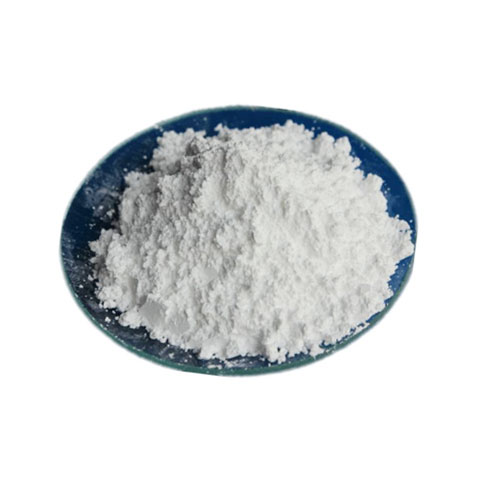
4. 이트륨 산화물을 이용한 세라믹 응용 분야의 혁신
연구 개발은 세라믹, 특히 신기술 분야에서 이트륨 산화물의 사용을 확대하고 있습니다. 혁신 분야 중 하나는 열 충격과 부식에 더욱 강한 초고온 세라믹(UHTC)을 만드는 것입니다. 이러한 발전은 항공우주 산업, 원자로 및 방위 응용 분야에서 이트륨 산화물에 대한 새로운 가능성을 열어줍니다.
5. 세라믹 제품에 이트륨 산화물을 선택해야 하는 이유는 무엇입니까?
세라믹에 이트륨 산화물을 선택하면 다음과 같은 수많은 이점이 있습니다.
- 내구성: 세라믹 제품의 수명을 연장시킵니다.
- 능률: 고온 응용 분야의 성능이 향상됩니다.
- 다재: 다양한 세라믹 제형에 적용 가능.
이트륨 산화물 및 기타 희토류 물질에 대한 자세한 내용을 알아보세요 여기.
자주 묻는 질문(FAQ)
1. 이트륨 산화물이 고온 세라믹에 적합한 이유는 무엇입니까?
이트륨 산화물은 뛰어난 열 안정성, 높은 녹는점, 낮은 열전도도를 가지고 있어 고온 세라믹에 매우 적합하며, 세라믹 소재가 극한의 온도를 견디는 데 도움이 됩니다.
2. 이트륨 산화물은 어떻게 지르코니아 세라믹의 특성을 개선합니까?
이트륨 산화물은 지르코니아 세라믹을 안정화하는 데 사용되어 고온에서 상변화가 일어나는 것을 방지하고, 기계적 강도와 균열 저항성을 향상시킵니다.
3. 이트륨 산화물과 관련된 환경적 우려가 있습니까?
이트륨 산화물은 일반적으로 안전한 것으로 간주되지만, 환경 영향을 최소화하기 위해 추출 및 가공을 신중하게 관리해야 합니다.
4. 세라믹의 이트륨 산화물로부터 가장 많은 혜택을 얻는 산업은 무엇입니까?
항공우주, 자동차, 전자, 의료 분야와 같은 산업은 세라믹에 이트륨 산화물을 첨가하면 내구성, 내열성, 성능을 향상시킬 수 있어 상당한 이점을 얻습니다.
5. 이트륨 산화물은 다른 희토류 물질과 함께 사용될 수 있습니까?
네, 이트륨 산화물은 종종 다른 희토류 물질과 결합되어 세라믹 제품의 성능 특성을 향상시킵니다.
분석표: 세라믹의 이트륨 산화물의 주요 특성
| 재산 | 혜택 | 응용 프로그램 예제 |
|---|---|---|
| 열 안정성 | 열충격에 대한 저항성 | 로 라이닝, 엔진 구성품 |
| 높은 녹는점 | 극한의 온도를 견뎌냅니다 | 도가니, 터빈 블레이드 |
| 낮은 열전도도 | 효과적인 단열성 | 열 차단 코팅 |
| 화학적 불활성 | 혹독한 환경에서도 부식에 강함 | 세라믹 기판, 보호 코팅 |
| 전기 절연 | 유전체 응용 분야에 이상적 | 커패시터, 절연체 |
분석표: 세라믹에서 이트륨 산화물의 응용
| 애플리케이션 | 설명 | 이익 |
|---|---|---|
| 안정화 지르코니아 세라믹 | 균열 저항성과 내구성 향상 | 치과 임플란트, 센서, 코팅 등에 사용 |
| 고온용 도가니 | 열화 없이 고온을 견딥니다 | 금속주조, 유리용해 |
| 투명 세라믹 | 첨단기술 용도에 적합한 광학적으로 투명한 세라믹을 생산합니다. | 레이저, 보호창에 사용 |
이트륨 산화물의 응용 분야에 대해 더 자세히 알아보려면 다음을 확인하세요. 이트륨 산화물 페이지.
요약
이트륨 산화물은 세라믹 산업에서 중요한 구성 요소로, 세라믹 재료의 열 안정성, 내구성 및 성능을 향상시키는 능력으로 유명합니다. 고온 도가니에서 투명 세라믹에 이르기까지 이트륨 산화물의 특성은 고성능 재료를 요구하는 산업에 없어서는 안 될 선택입니다. 지속적인 혁신과 확장되는 응용 분야를 통해 이트륨 산화물은 세라믹 기술을 발전시키는 데 계속해서 중요한 역할을 하고 있습니다.

